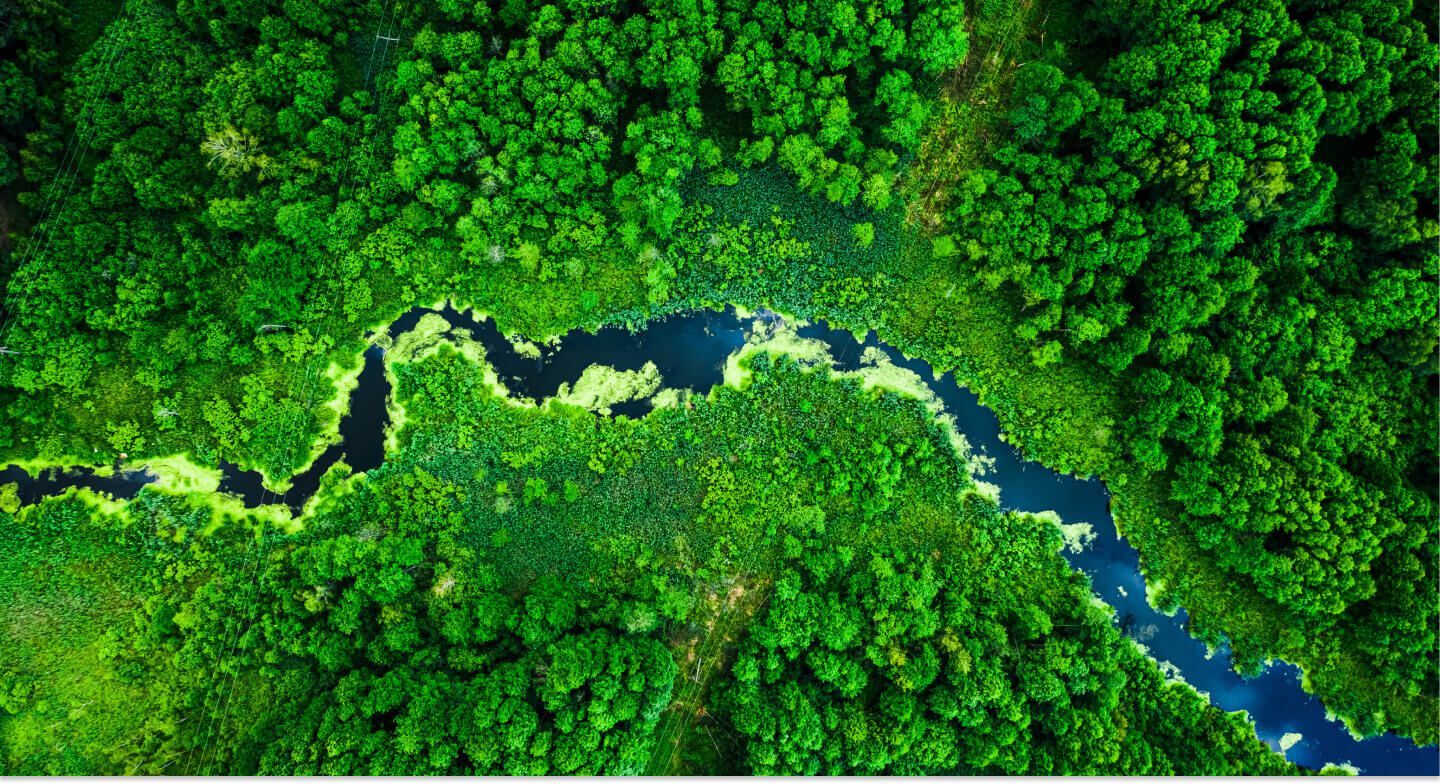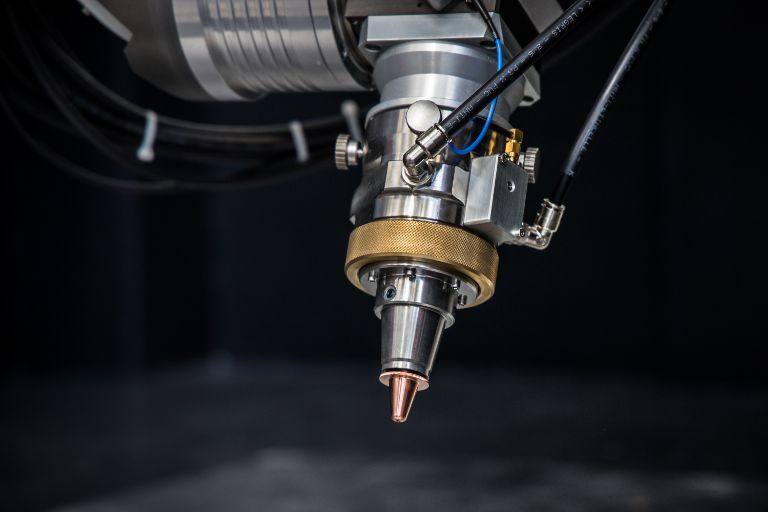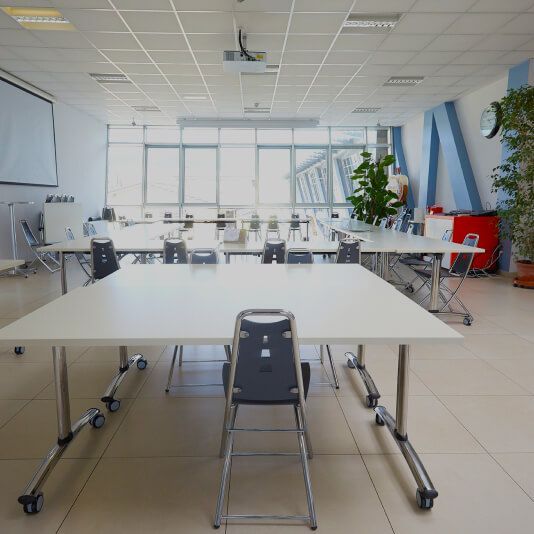Laser and innovation
Investor relations
Governance
Sustainability
Work with us
News
Contacts
Being sustainable means creating value over time and being ready
to accept and successfully face the challenges of tomorrow.
Continuing our development path, combining economic growth and financial solidity with the principles of social and environmental sustainability is the only way to be an innovative, sustainable and successful company.

For the Group, the environment represents a primary asset that must be safeguarded. To this end, activities are planned by seeking a balance between economic objectives and unavoidable environmental needs, respecting and protecting the rights of future generations in line with the principle of sustainable development. We want to act consciously, preserving natural resources and contributing to the fight against climate change by minimising environmental impacts.

The positioning on high-tech products and the global competitive environment in which the Group operates require a continuous and significant commitment in terms of research and development of new products and technologies. What helps us stand out is our ability to think in a unique way, to innovate by considering the needs of the doctor and the patient in the medical sector, as well as those of the system’s user in the industrial sector, starting from any intuition that may arise from the constant and profound observation of problems that have not yet had a solution. Our commitment will be to create increasingly sustainable products, using materials with a low environmental impact and minimising waste.

At El.En. we strive each day to ensure our work has a positive impact on people’s life. We provide skills, knowledge, and tools to improve the quality of life and well-being of patients, to increase scientific knowledge, to facilitate access to care, and to improve healthcare. Our people are our most important asset, which is why we want to ensure a safe, inclusive, and challenging working environment that attracts, develops, and retains the best talent. We aim to incentivise responsible and sustainable practices along the value chain and take action to reduce the environmental impact and social development of our business.

El.En. has structured a solid Corporate Governance Model that plays a central role in the performance of the Group's activities. The Model is in line with the recommendations of the Corporate Governance Code issued by Borsa Italiana and contributes significantly to the creation of sustainable value in the medium to long term. We want to promote ethical behaviour, standards of conduct and spread the culture of sustainability.
